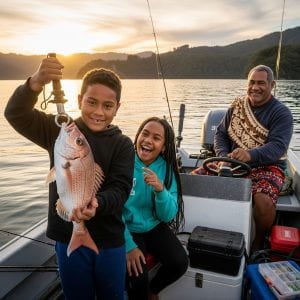This year, I have been focusing on my maths teaching while implementing our new maths program Prime Maths. My students are doing very well and we worked hard to understand and implement this new focused way of teaching maths.
For my final Vosaic observation of the year, my question was: Has the teacher implemented a lesson that allows students to explore mathematical concepts, using manipulatives as tools for discovery, while also facilitating meaningful mathematical discussions and problem-solving?
The progam had this to say about my lesson:
Yes. The teacher implemented a lesson that uses manipulatives for student exploration and supports mathematical discussion and problem-solving.
- Manipulatives used as tools for discovery: The teacher instructs pairs to each take 10 counters and to combine and split them to explore division. The class physically combines to make 20 counters and then splits into two groups, and later students are encouraged to use counters or draw on whiteboards/MacBooks for practice.
- Exploration of mathematical concepts: The teacher models and elicits conceptual understanding of division as “splitting into groups,” connects division to multiplication as its inverse, and demonstrates multiple symbolic forms of division. Concrete examples are used (20 rings into 2 groups → 10 each ; 9 seahorses into 3 groups → 3 each ; 20 chicks into 4 nests → 5 each at.
- Facilitation of mathematical discussion and problem-solving: The teacher prompts pair talk and checks students’ grouping, asks guiding questions, asks students to write number sentences and explains how to record division, and has students both draw representations and use facts to check answers .
- Opportunities to justify/check answers: The teacher models checking division via multiplication and has students demonstrate by counting or using multiplication facts.
Evidence-based moments to highlight
- Moment 1 (manipulative exploration): Students combine counters and split into two groups to discover 20 ÷ 2 = 10.
- Moment 2 (conceptual discussion and representation): The teacher connects division to multiplication and shows multiple symbolic representations and a fraction connection.
Conclusion
Overall, the transcript shows a lesson structure that integrates manipulatives for hands-on discovery, prompts partner discussion, models representation and notation, and reinforces conceptual understanding and checking strategies—supporting meaningful mathematical exploration and problem-solving.






